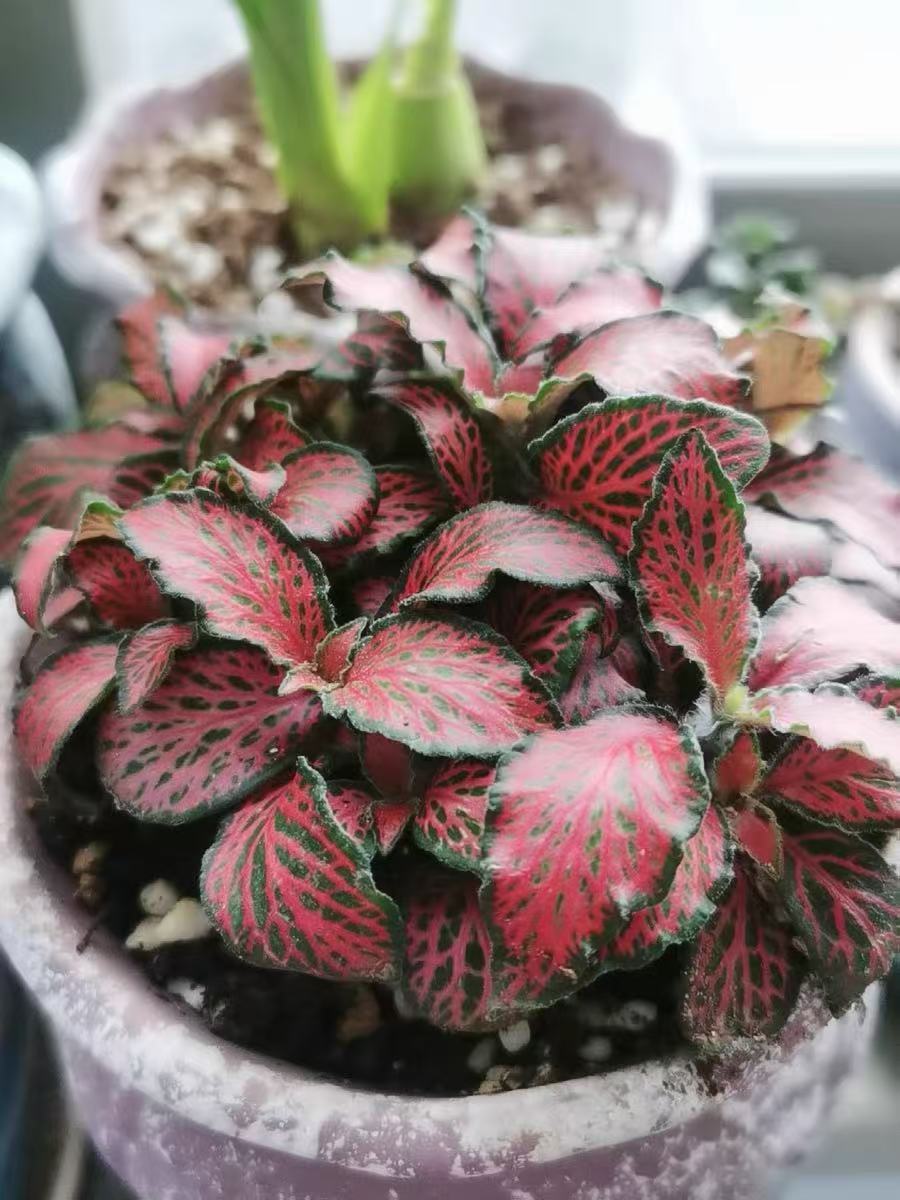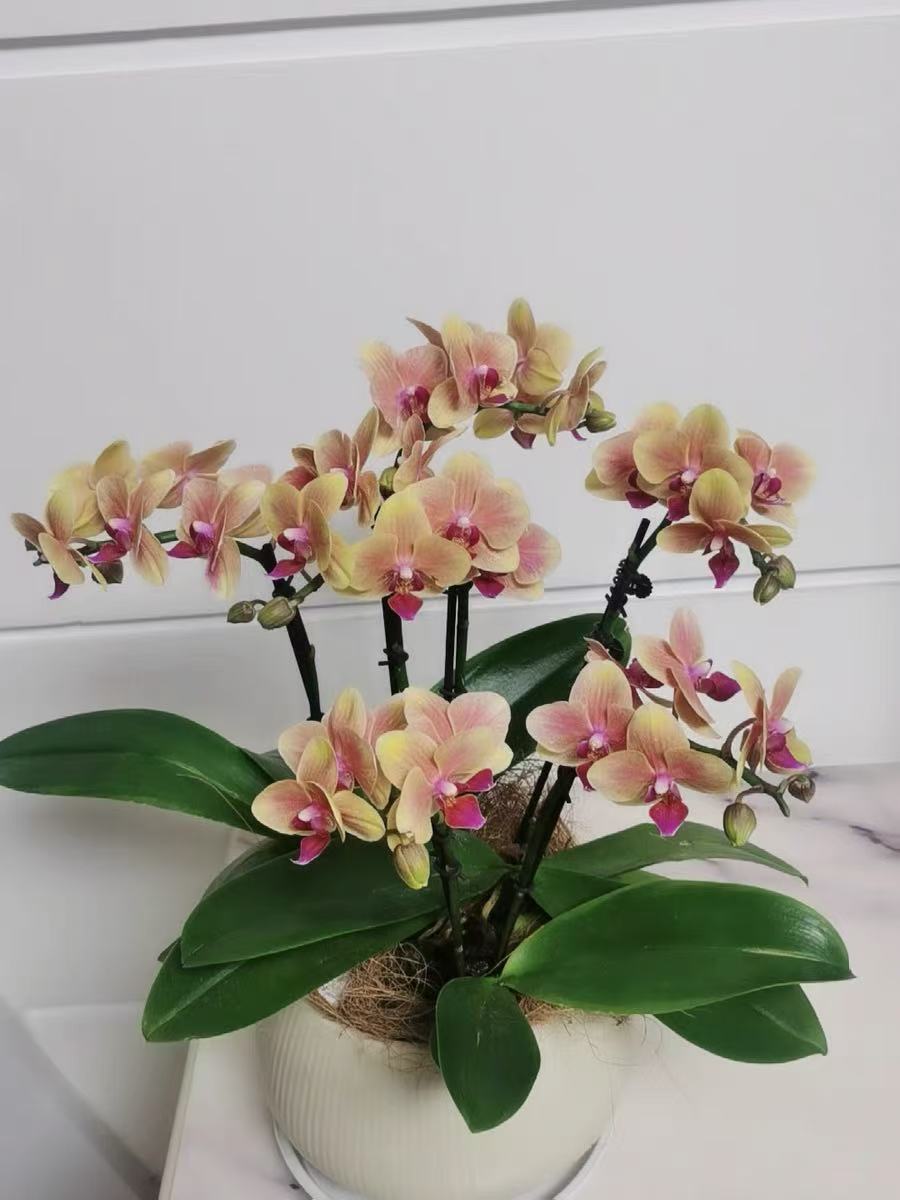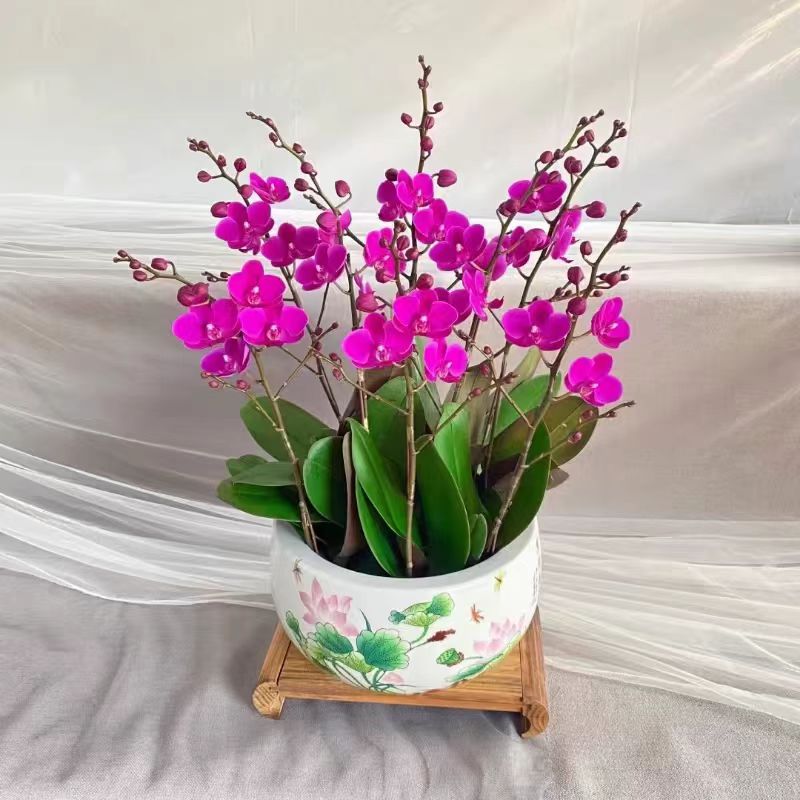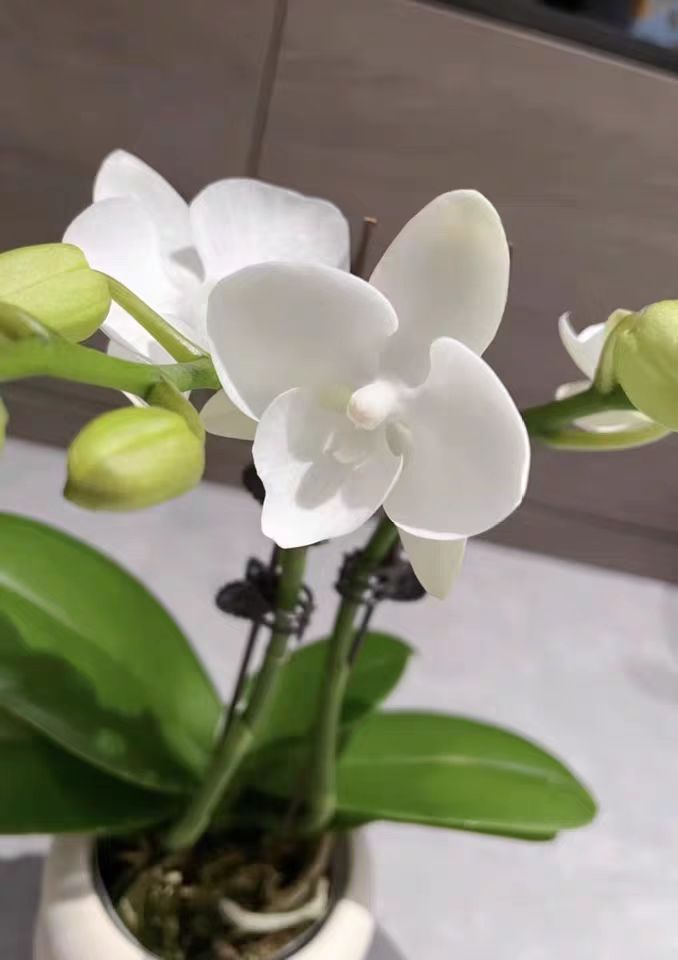Fittonia verschaffeltii, as a beautiful and popular indoor plant, its unique leaf veins and emerald green leaves add a lot of vitality to the home. However, during the maintenance process, many people may encounter the situation that the Fittonia verschaffeltii shrivels or its leaves become limp and droop. These problems are often related to maintenance conditions such as watering, temperature and light. The following will analyze in detail the reasons for the shriveling and limpness and drooping of Fittonia verschaffeltii leaves and provide corresponding treatment methods.
Reasons and treatment methods for the shriveling of Fittonia verschaffeltii:
Lack of water: Fittonia verschaffeltii likes a humid environment, and lack of water is one of the main reasons for its leaf shriveling. When the pot soil is dry for a long time and the roots cannot absorb enough water, the leaves will naturally wilt. Therefore, reasonable watering is the key to maintaining Fittonia verschaffeltii. When watering, you should observe the dry and wet conditions of the topsoil and follow the principle of "keeping the soil dry and wet alternately and watering thoroughly when watering". Avoid fixed watering times and adjust flexibly according to the weather and soil conditions to ensure that the soil maintains a certain humidity but is not too wet to prevent waterlogging.
Excessive watering: Excessive watering is also a common reason for the shriveling of Fittonia verschaffeltii. Frequent watering will lead to waterlogging in the soil, and the root respiration will be blocked, which is easy to cause root rot and leaf wilting. Once root rot occurs, it is necessary to remove the plant from the pot in time, wash it, cut off the rotten part and replant it. But more importantly, prevention is needed. Adopt a reasonable watering method to avoid waterlogging.
Improper temperature: Fittonia verschaffeltii is sensitive to temperature. A temperature lower than 13 °C is likely to cause the leaves to turn yellow and wilt. In winter, attention should be paid to keeping warm to ensure that the temperature is between 18 and 24 °C to create a comfortable growth environment for Fittonia verschaffeltii. At the same time, in summer, it is also necessary to do a good job of shading to avoid high temperature burning the leaves.
Treatment methods for the limpness and drooping of Fittonia verschaffeltii leaves:
Insufficient light will cause the leaves of Fittonia verschaffeltii to lose their luster and the stems to become slender; while excessive light will cause the leaf edges to turn brown and fall off. Therefore, Fittonia verschaffeltii should be placed in a bright place and kept in scattered light for 4-6 hours every day. In summer, it is necessary to shade to avoid strong direct sunlight. At the same time, the air humidity can also be increased by spraying water on the leaves and sprinkling water on the ground to create a more suitable growth environment for Fittonia verschaffeltii.
For the already shriveled or drooping leaves, they can be pruned in a timely manner to promote the growth of new leaves. During the pruning process, it is necessary to pay attention to using sharp scissors to avoid wound infection. At the same time, in the growing season of Fittonia verschaffeltii, appropriate fertilization can be carried out to supplement nutrients and promote its healthy growth. When fertilizing, it should be carried out according to the recommended frequency and dosage to avoid excessive fertilization causing root burning.
Regularly check the growth situation of Fittonia verschaffeltii and timely detect and deal with problems such as pests and diseases. Once pests and diseases are found, corresponding prevention and control measures should be taken immediately to avoid the deterioration of the disease and affect the health of the plant.
The problems of the shriveling and limpness and drooping of Fittonia verschaffeltii leaves are often related to maintenance conditions such as watering, temperature and light. During the maintenance process, reasonable watering, temperature control, light management, regular pruning and fertilization should be carried out. At the same time, attention should also be paid to regular inspection and pest and disease prevention and control work. Through the implementation of these measures, I believe that you will definitely be able to make your Fittonia verschaffeltii rejuvenate.
What's the matter with the shriveling and wilting of Fittonia verschaffeltii?

Share with
Tagged in :




Leave a Reply